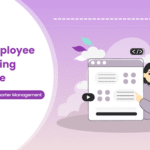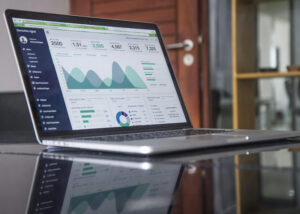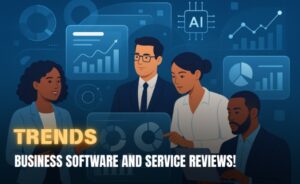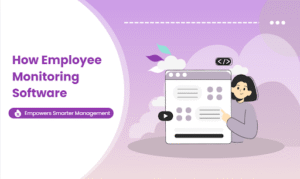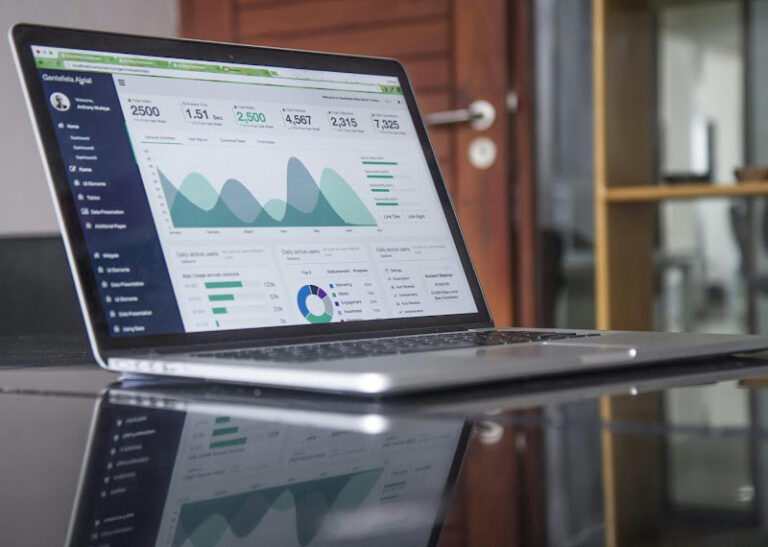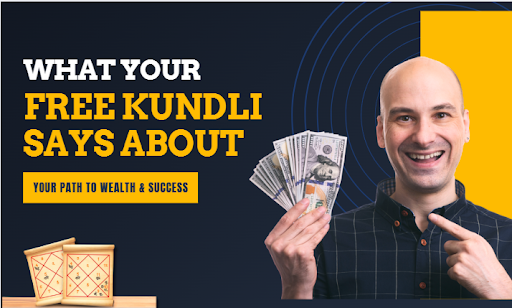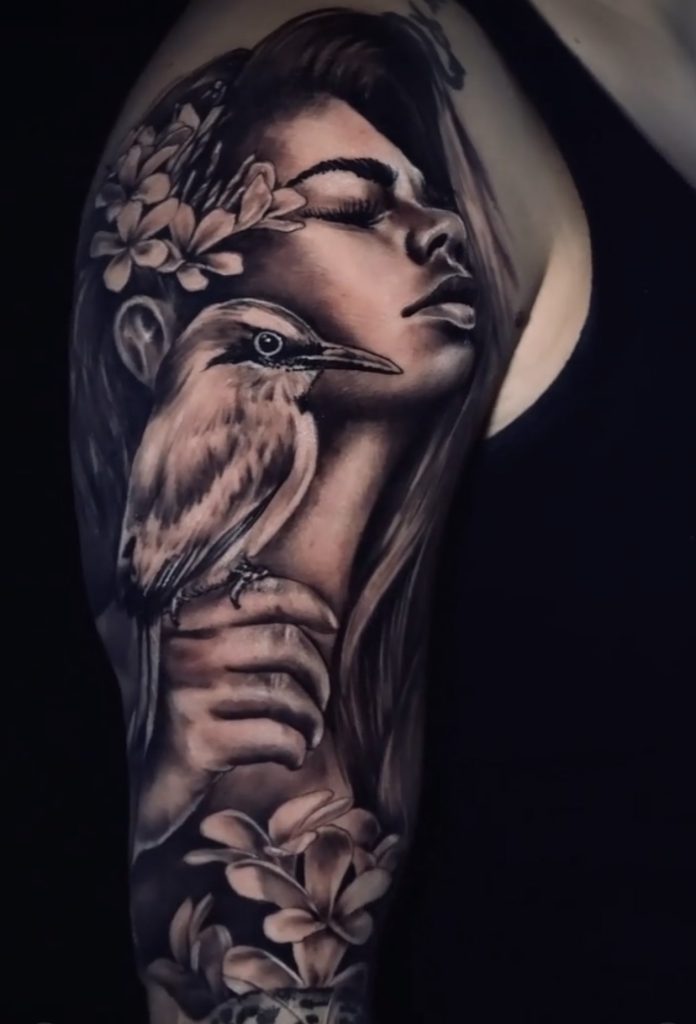In today’s competitive landscape, businesses prioritizing personalized customer experiences are leading the pack. Customers no longer seek products or services; they crave experiences tailored specifically to them.
Focusing on personalization can make your customers feel valued, build lasting loyalty, and significantly boost user retention rates.
Let’s explore five practical and proven ways to personalize the customer experience and keep them coming back for more.
1. Leverage Data to Understand Your Customers Better
Personalization begins with understanding who your customers are. You can’t tailor experiences without meaningful insights. Dive into the data you already have at your fingertips:
- Purchase History: What products or services do they buy repeatedly?
- Browsing Behavior: Which pages do they visit most often on your website?
- Demographics and Interests: Age, location, preferences—what can you learn about their lifestyle and needs?
Tools like CRM software or analytics platforms can be used to collect and analyze this data. Then, create detailed customer profiles or personas. For example, if you’re running an e-commerce store, knowing that a customer frequently shops for athletic wear can help you recommend the latest activewear collections.
✨Pro Tip: Don’t stop at gathering data—act on it. Implement AI-driven solutions to deliver real-time, data-driven recommendations that tailor every interaction.
2. Segment Your Audience for Targeted Messaging
Not all customers are the same, and treating them as such can lead to generic, uninspiring experiences. Segmentation allows you to group your audience based on shared characteristics or behaviors.
For instance, you can segment by:
- Lifecycle Stage: First-time buyers, repeat customers, and lapsed users all require different approaches.
- Preferences: Some customers may prefer discounts, while others may value VIP perks.
- Geographic Location: Tailor offers to regional preferences or seasons.
Once segmented, you can craft highly relevant messaging. A new subscriber to your newsletter might appreciate a welcome email with a discount code, while a loyal customer may respond better to an invitation to your exclusive rewards program.
Why It Works: Customers feel that you truly understand their needs, which makes them more likely to stay.
3. Personalize Communication Channels
Not every customer wants to engage with you in the same way. Some prefer emails, others enjoy the immediacy of SMS, and a growing number lean towards social media interactions. By tailoring your communication to each customer’s preferred channel, you make engaging easier for them.
Here’s how to do it:
- Ask for Preferences: During sign-up or checkout, let customers choose how they want to hear from you.
- Adopt Multi-Channel Strategies: Maintain consistency in messaging across email, SMS, push notifications, and social media while catering to individual preferences.
- Use Names and Specific Details: Even token gestures like addressing someone by name or referencing their recent purchase can make communication feel personal.
Imagine receiving a birthday text from your favorite brand with a special discount code—it’s simple yet incredibly effective.
4. Offer Personalized Product Recommendations
Customers love it when brands anticipate their needs. Recommending products or services based on past purchases or preferences is a great way to show that you’re paying attention.
You’ve likely seen this in action with platforms like Amazon, where customers are greeted with “We think you’ll like this” sections. Here’s how you can adopt this approach:
- Upsell and Cross-Sell: Suggest complementary items to what they’ve already purchased.
- AI-Powered Recommendations: Use machine learning to analyze purchase patterns and predict what a customer might want next.
- Email Follow-Ups: After a purchase, send an email suggesting related products or offering refills if it’s a consumable item.
When done right, these recommendations increase sales and deepen customers’ trust in your brand.
5. Reward Loyalty with Tailored Incentives
Loyal customers are your brand’s backbone, so recognizing their value goes a long way. However, generic rewards programs often fail to resonate. Instead, tailor your loyalty initiatives to reflect individual preferences and habits.
Here are some ideas:
- Exclusive Offers: Offer VIP discounts, early access to sales, or free products to your most loyal customers.
- Personalized Milestones: Celebrate anniversaries, birthdays, or significant spending milestones with rewards that feel thoughtful.
- Gamification: Create interactive challenges or tiered loyalty programs that reward customers for specific behaviors, such as referrals or repeat purchases.
For example, Sephora’s Beauty Insider program is a masterclass in personalized loyalty. Customers earn points for purchases and can redeem them for rewards that align with their interests, from product samples to exclusive experiences.
Examples of Personalization Driving User Retention
Some of the world’s biggest brands have built empires by mastering personalization. Here are a few notable examples:
- Netflix:
Netflix’s recommendation engine is a gold standard for personalization, driving both engagement and user retention. Here’s a deeper dive into how Netflix keeps users hooked through tailored experiences:
- Analyzes Viewing Habits:
Netflix monitors what you watch, how often you watch, and how long you spend on specific genres or titles. For example:- If you binge-watch crime dramas, Netflix will prioritize similar shows in your recommendations.
- It even considers the time of day you watch certain genres (e.g., light comedies during lunch vs. thrillers at night).
- Tracks User Interactions:
Every time you:- Like or dislike a title.
- Pause, skip, or re-watch a scene.
- Abandon a show midway.
These actions feed into Netflix’s algorithm to refine your personalized suggestions.
- Uses Advanced AI Algorithms:
Netflix employs machine learning models that:- Compare your preferences with those of users with similar tastes (“collaborative filtering”).
- Predict what you’re likely to watch next based on patterns, even before you search for it.
- Personalized Homepage Layout:
- The order of categories (e.g., “Top Picks for You” or “Continue Watching”) is dynamically customized based on your behavior.
- Even the thumbnails you see are tailored to your preferences. For example, someone drawn to romantic subplots might see a thumbnail emphasizing a romantic scene from a show, while action fans see an explosive moment.
- Localized and Cultural Relevance:
Netflix adapts its content recommendations to cater to regional preferences. For example:- Users in South Korea may see K-dramas highlighted more prominently.
- Similarly, popular Bollywood movies might be at the top of the suggestions of users in India.
- A/B Testing for Continuous Improvement:
Netflix constantly tests variations of its interface, recommendation systems, and algorithms to see what resonates most with users. - “Because You Watched” Suggestions:
Netflix makes personalized connections between shows you’ve watched and related content. For instance:- Watching “Breaking Bad” might prompt suggestions for “Better Call Saul” or crime documentaries.
- The algorithm links genres, tone, pacing, and character archetypes.
- Anticipates Future Needs:
Netflix predicts what you might want next, even before you realize it, by factoring in long-term behavior trends and seasonal preferences. For instance:- During the holiday season, family-friendly or festive content may dominate your homepage.
By blending technology with an acute understanding of human behavior, Netflix makes every user feel like the platform is tailored just for them. This level of personalization is a big reason why customers stay loyal, renew subscriptions, and even recommend the platform to others.
- Starbucks:
The Starbucks Rewards program is a shining example of how personalization can foster customer loyalty. By leveraging data and technology, Starbucks creates a highly tailored experience that keeps customers engaged and returning for their favorite drinks. Here’s how they do it:
- Custom Drink Recommendations:
Starbucks uses data from your past orders to recommend beverages or food items that match your preferences:- If you frequently order iced lattes, the app might suggest seasonal variations, like an Iced Pumpkin Spice Latte in the fall.
- Recommendations also reflect dietary preferences, such as suggesting non-dairy options for those who order almond or oat milk regularly.
- Tailored Offers and Rewards:
The Starbucks app sends personalized offers that encourage frequent visits:- Special Discounts: For instance, “Enjoy $2 off your favorite Frappuccino this weekend!”
- Double Stars Promotions: Rewards specific to your habits, like double stars for ordering your usual morning coffee during peak hours.
- Time-Sensitive Deals: Encouraging visits during slower periods with messages like, “Stop by this afternoon for 50% off a pastry.”
- Celebrating Personal Milestones:
Starbucks makes customers feel special by acknowledging important moments:- Free drinks or treats on your birthday.
- Personalized thank-you notes for reaching loyalty milestones, such as earning Gold status.
- Mobile-First Personalization:
Through its app, Starbucks makes personalization seamless and accessible:- Order History Integration: The app remembers past orders, allowing you to reorder your favorites with one click.
- Location-Specific Customization: The app suggests nearby stores and can tailor promotions based on local preferences or seasonal menu items in your region.
- Gamified Experience:
The rewards program turns earning points into a game with personalized progress tracking:- Customers can see how close they are to earning a free drink or reward, motivating repeat purchases.
- Limited-time challenges, such as “Buy three drinks this week to earn 50 bonus stars,” are often tailored to the customer’s order history.
- Exclusive Early Access:
Starbucks rewards its most loyal customers by giving them early access to new menu items or promotions:- Regular drinkers of cold brews, for example, might receive early invites to try a new seasonal cold brew flavor.
- Geo-Targeted Notifications:
Starbucks leverages geolocation to send personalized reminders:- For example, “There’s a Starbucks nearby! Why not grab your go-to caramel macchiato?”
- This is especially effective during commutes or travel.
- Seasonal and Trend-Based Personalization:
The app proactively recommends trending items or seasonal specials:- Suggestions for warm drinks during winter.
- Highlighting iced or refreshing beverages during summer.
Combining data, technology, and a deep understanding of customer preferences, Starbucks creates a personalized journey employing gamification that feels more like a friendly barista who knows your order by heart. This thoughtful approach has cemented Starbucks as not just a coffee shop but a brand to which customers have remained loyal for years.
Why Personalization Matters
Customers don’t want to feel like another number in your database—they want to feel seen, heard, and valued. By implementing these five tactics, you show your customers that you care about their preferences and experiences. The result? Stronger relationships, higher user retention rates, and a significant boost in lifetime value.
Start small if needed. Focus on one area—like segmenting your audience or improving product recommendations—and build from there. Over time, you’ll see that personalization isn’t just a nice-to-have; it’s a powerful strategy that sets your brand apart in an increasingly crowded marketplace.
So, what’s stopping you? Take the first step in personalizing your customer experience today and watch your business thrive with Nudge.
Nudge uses advanced personalization to boost user retention by delivering timely, context-aware messages tailored to user behaviors and preferences. From smart reminders to proactive tips, Nudge keeps users engaged by offering relevant content at the right moment. Its data-driven approach ensures every interaction adds value, strengthening customer loyalty. Book a demo today.
Stay in touch to get more news & updates on Greek Buzz!



